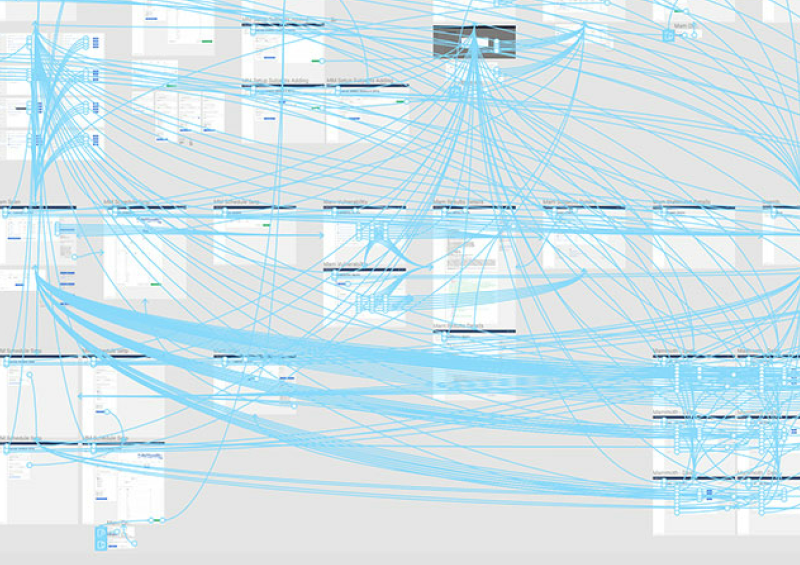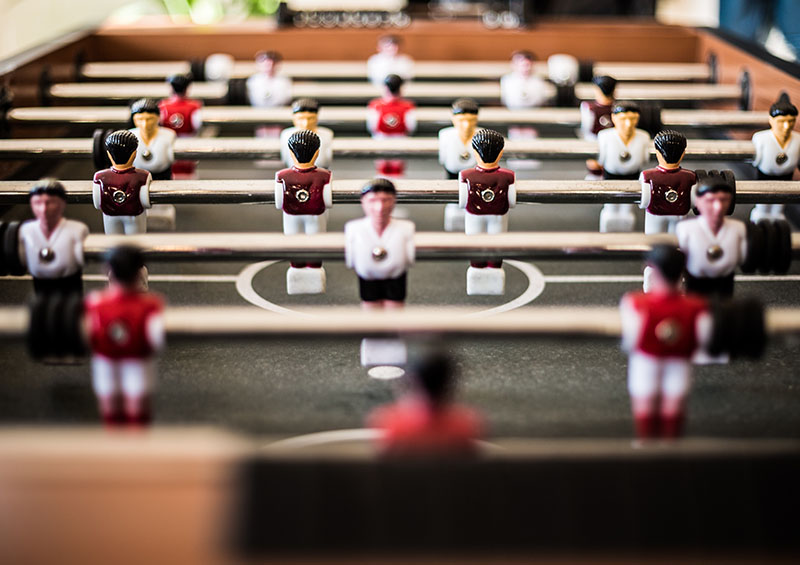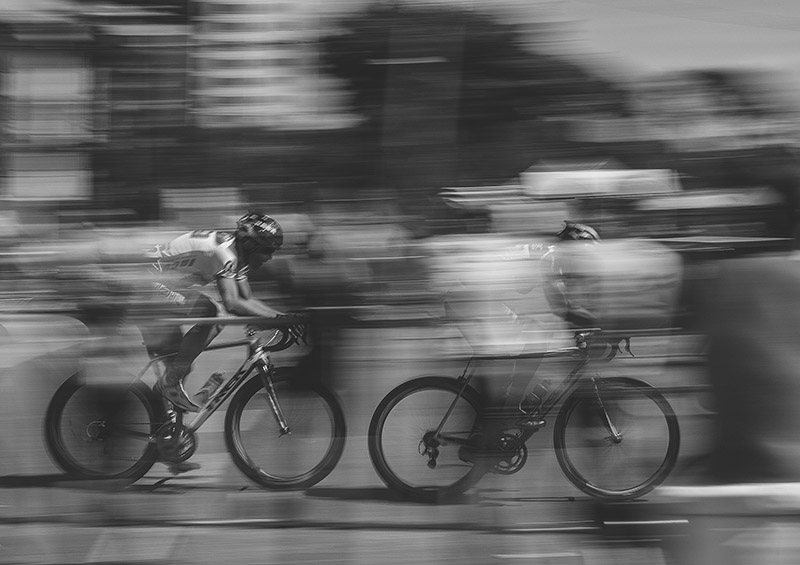Building websites is not easy, it used to be pretty easy, but those days seem to be long behind us. Web design is a fairly new player to the design game and its processes are not an exact science, and may never be. There are a million and one workflows/processes out there to dip your toes into, the question is, are any better than the rest? Maybe some are, but they’re probably not.
One of the main reasons there isn’t an industry standard way to design and develop a website is the flexible nature of the web itself. The web is accessed through an innumerable amount of devices these days, which is why many processes, from even just a few short years ago, have ceased to be of any use. Even in the early days of the web there was more than 1 way to see a website. Now there are thousands, or hundreds of thousands, I can’t really say anymore. Because of this fact a good designer or web team needs to be more agile, more cunning, and more flexible.
It really comes down to the project and its goals. “Research & Discovery” is the de facto first step in any web project, but after that you’re kind of on your own. Some prefer creating hi fidelity mockups in Photoshop (or Fireworks, or GIMP), some find sketching ideas out first provides better ideas, or you could just design directly in the browser. There are a multitude of avenues to explore and one is not necessarily better than another.
If it doesn’t matter what process you follow, one thing is for sure: it needs to involve planning, design (by actual designers), development (because you have to actually build the damn thing), and maintenance to keep it going. These things could be done in a row, in different orders, back and forth between one another, or just skip them all and get a beer. The point is, flexibility and the ability to adapt to changes are key. If one thing in web design/development is guaranteed it’s that something will go wrong.
If you’re asking yourself, “What’s Xeno Design’s process?”, well, it really depends, it depends on the project, on the circumstances and on the budget, but our single constant is that we just try to do the best and most thoughtful work we can, and if we’re lucky our clients feel the same way.




